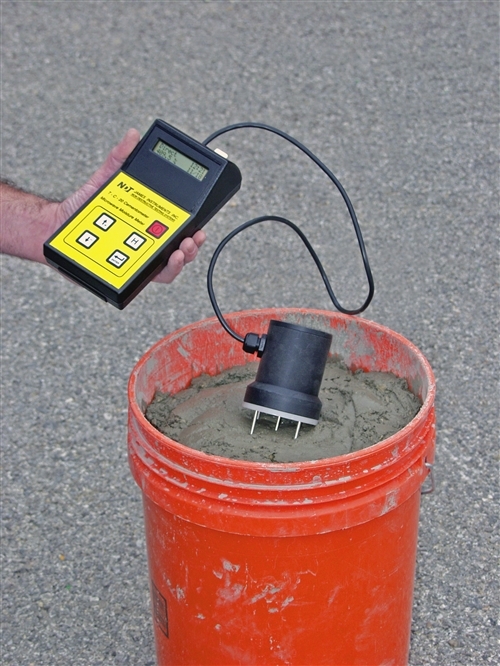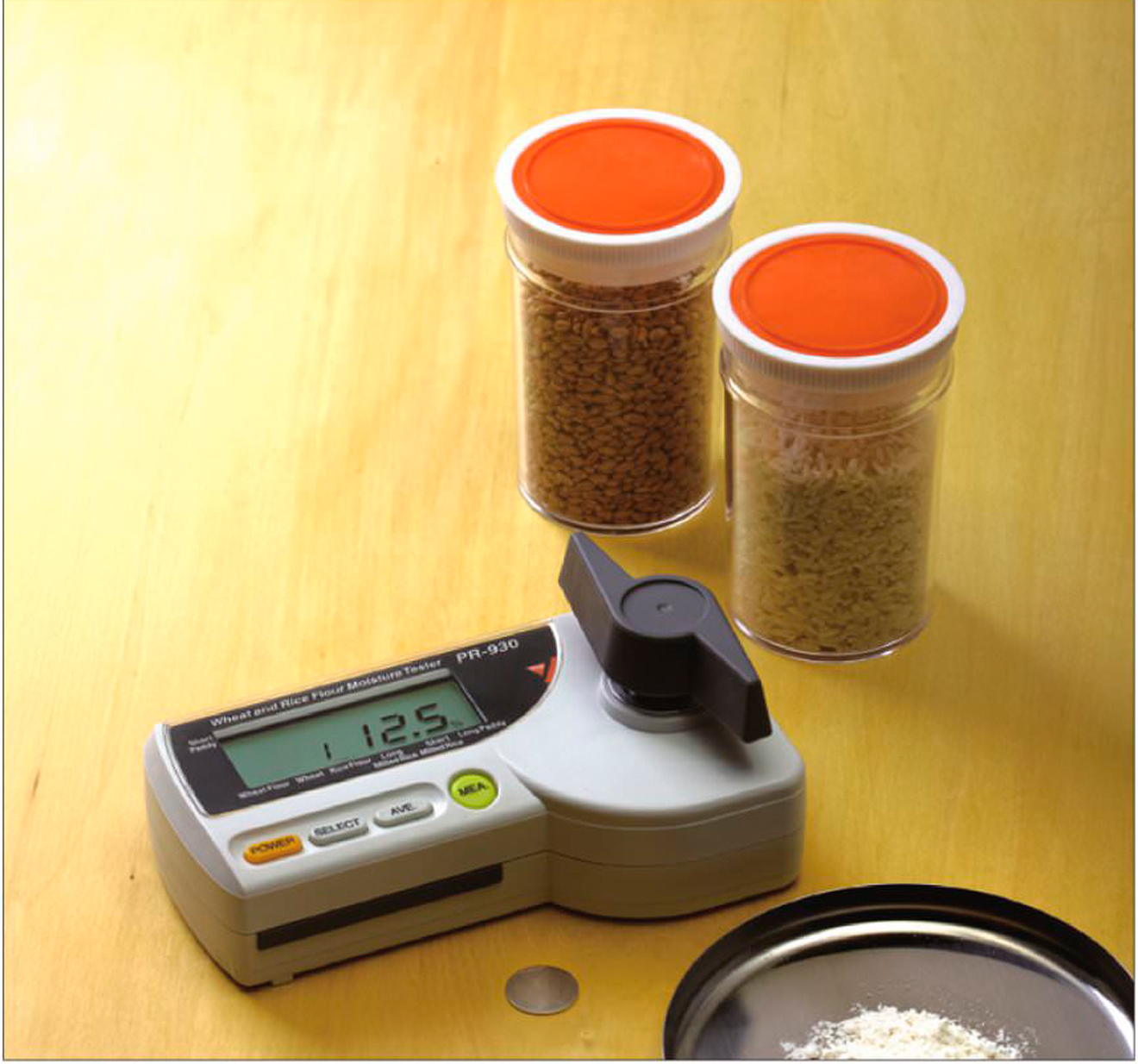Comprehending the Different Kinds Of Moisture Meters and Their Applications
Wiki Article
Delve Into the World of Moisture Meters: Everything You Required to Know
In the realm of moisture meters exists a globe of accuracy and practicality that commonly goes undetected. These tools, while seemingly straightforward, hold a wide range of information that can substantially affect various industries and applications. Comprehending just how moisture meters run, the various types readily available, and their varied usages can clarify their relevance in making certain quality and performance. By exploring the details of moisture meters, one can reveal a valuable device that goes beyond plain dimension, offering insights that can make a significant distinction in many areas.Exactly How Moisture Meters Work
Moisture meters operate by gauging the electric conductivity or capacitance of products to identify the moisture web content present. These meters are important devices across numerous industries, consisting of woodworking, building and construction, and farming. By using various techniques such as pin-type or pinless technology, wetness meters supply exact analyses that assist professionals make educated decisions.
Pin-type dampness meters function by putting the sharp pins right into the material being tested. The electrical conductivity in between the pins is after that measured, with higher wetness degrees bring about raised conductivity. Moisture Meter. On the other hand, pinless moisture meters use electro-magnetic signals to scan a larger area without causing any damages to the product's surface area. These meters are optimal for promptly analyzing dampness degrees in large locations or ended up items.
No matter the method used, dampness meters play an important duty in avoiding issues such as mold growth, structural damages, or product defects triggered by excess moisture. Comprehending how these meters job is vital for making certain the high quality and integrity of materials in numerous applications.
Sorts Of Moisture Meters
Given the essential duty wetness meters play in various sectors, it is necessary to recognize the different types offered to experts for properly assessing moisture levels - Moisture Meter. There are largely two major sorts of dampness meters: pinless and pin-type wetness meters

On the other hand, pinless moisture meters utilize electromagnetic sensing unit plates to scan a bigger area of the product without causing any kind of damage. This kind is appropriate for rapidly scanning big areas and is typically made use of for flooring, walls, and ceilings. Pinless meters are practical for taking analyses on finished surfaces without leaving any visible marks.
Both kinds of moisture meters have their benefits and are chosen based upon the details needs of the work available. Understanding the distinctions between these kinds is crucial for experts to make precise dampness evaluations.
Applications Throughout Industries
With varied capabilities, dampness meters locate widespread application across various sectors, assisting specialists in ensuring ideal conditions for materials More Help and frameworks. In the farming field, wetness meters are indispensable for identifying the moisture content in grains, seeds, and hay, ensuring quality assurance and avoiding mold growth. Building professionals rely upon moisture meters to examine the moisture degrees in structure materials like concrete, drywall, and wood, which is critical for maintaining architectural integrity and stopping problems like rot or mold. The floor covering market makes use of wetness meters to measure the wetness content in subfloors before installing different flooring, avoiding costly problems due to excess moisture. In addition, in the food market, wetness meters are made use of to check and control moisture degrees in products such as grains, nuts, and dried out fruits to keep freshness and quality. In addition, moisture meters play a crucial function in the reconstruction and damage control industry by aiding professionals resolve and identify water damage in structures promptly. Throughout these diverse sectors, wetness meters are important devices for guaranteeing the quality, safety and security, and durability of numerous materials and products.Tips for Using Wetness Meters
Make use of the dampness meter's calibration settings to guarantee precise readings when measuring the wetness material in different products. Additionally, make sure the meter is established to the right moisture variety for the product you are measuring to get the most accurate results.When making use of a pin-type moisture meter, place the pins to the ideal deepness suggested for the material being tested. This ensures that the dampness analyses are extracted from the correct deepness within the material, supplying a much more accurate depiction of its dampness content. For pinless dampness meters, keep in mind to keep correct contact with the product's surface to obtain reputable analyses.
Consistently This Site examine and replace the batteries in your moisture meter to stop incorrect readings due to low power. When not in usage to extend its life-span and keep its accuracy, Store the meter in a risk-free and dry area. By following these pointers, you can make best use of the efficiency of your wetness meter and get specific wetness web content measurements across different products.
Upkeep and Calibration
To make sure the precision of wetness material measurements, normal upkeep and calibration of the wetness meter are important action in its appropriate functioning. Maintenance involves maintaining the moisture meter clean and complimentary from debris that might impact its analyses. It is essential to follow the maker's standards for cleaning up to protect against damage to the tool. Additionally, regular calibration is required to confirm the precision of the analyses. Calibration changes the wetness meter to make certain that it gives reliable and consistent results.Calibration needs to be carried out periodically, specifically if the moisture meter is used regularly or in essential applications where accurate dimensions are required. By calibrating the wetness and maintaining meter consistently, individuals can rely on the accuracy of the dampness material dimensions obtained.
Verdict

Finally, dampness meters play an important duty in numerous industries by precisely gauging the dampness content of materials. Recognizing just how these devices work, the various kinds available, and proper maintenance and calibration are crucial for obtaining trustworthy outcomes. Whether in construction, agriculture, or manufacturing, using wetness meters assists guarantee top quality control and performance in procedures.

In conclusion, dampness meters play a critical duty in different markets by properly gauging the wetness content of materials.
Report this wiki page